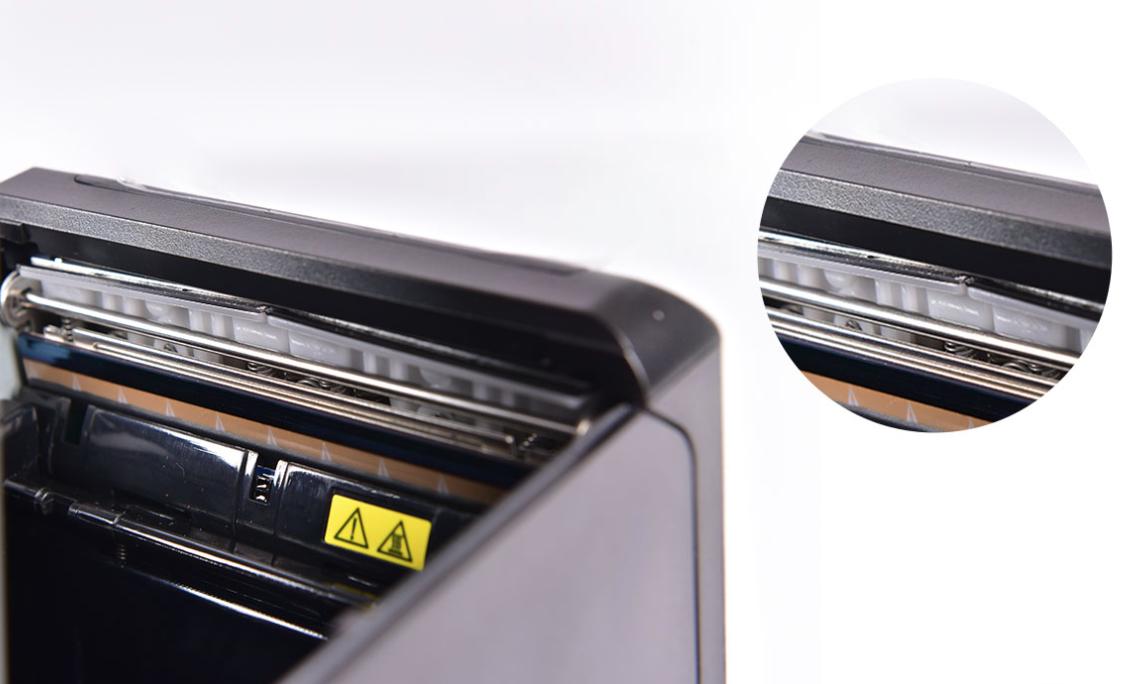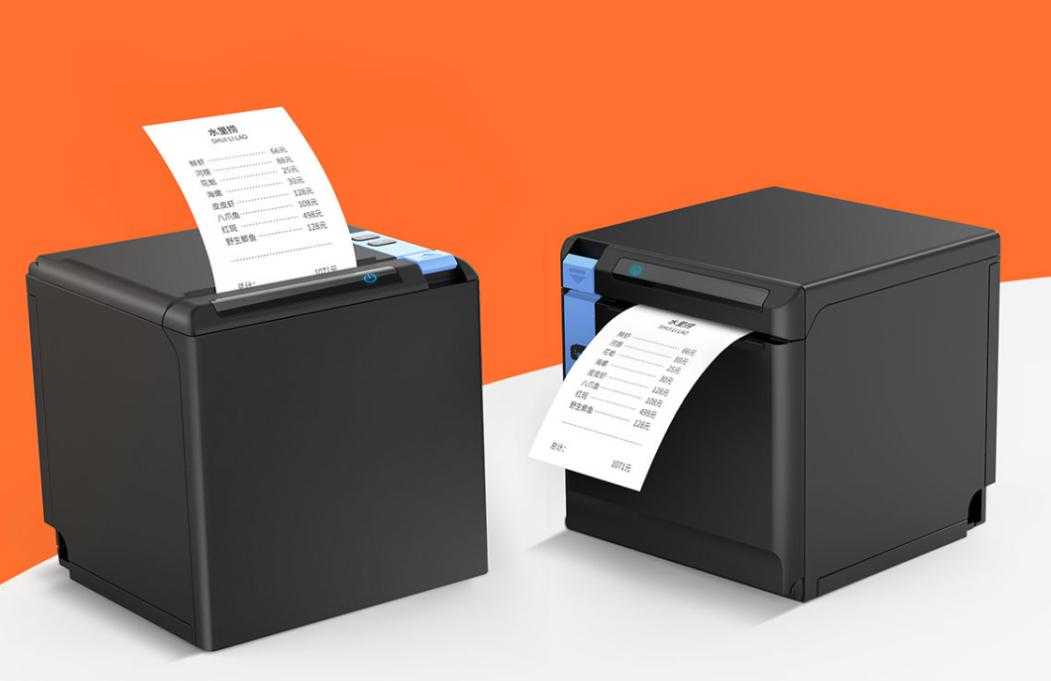Best Practices for Thermal Receipt Printer Maintenance
Thermal (direct thermal) receipt printers have become an essential component of retail and hospitality industries, providing efficient and reliable printing for a wide range of applications. However, the lifespan of these printers can be affected by various factors, including usage, maintenance, and environmental conditions. In this article, we will explore best practices to extend the lifespan of thermal receipt printers
Average Lifespan of Thermal Receipt Printers
Thermal (direct thermal) receipt printers use heat-sensitive paper and a heated print head to produce high-quality prints quickly and efficiently. These printers are known for their speed and quiet operation, making them ideal for a variety of applications such as receipt printing, label printing, and ticket printing in retail, hospitality and other settings.
The average lifespan of a thermal receipt printer can range from 3 to 5 years, including frequency of use, environmental conditions, quality of paper and supplies used, and regular maintenance.
Over time, the print head and other components may wear out, resulting in decreased print quality and other issues. It is important to understand the factors that can affect the lifespan of your thermal receipt printer and to recognize the signs of wear and tear.
Common signs of wear on a thermal receipt printer include poor print quality, paper jams, and error messages. If these issues cannot be resolved through maintenance, it may be time to replace the printer.

HPRT thermal receipt printers boost of patented dual-cutter, greatly solving the problem of uneven wear on both sides of the print head, and to a certain extent, extending the life of your printer. If you would like to obtain more details about HPRT receipt printers, please feel free to contact us at any time.
Best Practices to Extend the Lifespan of Thermal Receipt Printers
A. Proper installation and placement
Proper installation and placement of a thermal receipt printer can help extend its lifespan. It should be installed in a dry, cool area away from direct sunlight and heat sources.
B. Using high-quality paper and supplies
One of the most common reasons for poor print quality and premature wear on thermal POS printers is the use of low-quality paper and supplies. Using low-quality paper can cause the printer's print head to become worn down more quickly, resulting in poor print quality and potentially costly repairs. Additionally, using low-quality thermal paper can cause the printer's heating elements to become clogged or damaged, which can lead to overheating and other issues.

To maximize the lifespan of your thermal receipt printer, it's important to invest in high-quality thermal paper and other supplies. High-quality thermal paper is designed to withstand the high temperatures generated by thermal printers, which can prevent clogs and other issues.
Let’s look at an example. A busy restaurant was experiencing poor print quality and frequent paper jams with their thermal POS printer. After switching to high-quality paper and supplies and regularly cleaning the printer, the restaurant was able to improve print quality and reduce the frequency of paper jams, extending the lifespan of their printer.
C. Avoiding overloading and overheating
Overloading occurs when too much paper is loaded into the printer at once, causing the printer to jam or otherwise malfunction. Overheating occurs when the printer is used for extended periods without allowing it to cool down, which can cause the printer's components to become damaged or worn down more quickly.
Overloading the printer with too many print jobs at once can cause it to overheat and shorten its lifespan. Avoid overloading the printer and ensure it has time to cool down between print jobs. Besides, it's important to follow the manufacturer's guidelines for paper loading and usage.
D. Scheduling routine maintenance checks
Routine maintenance checks are an important part of maximizing the lifespan of your thermal POS printer. Regular maintenance checks can help identify and address issues before they become more serious, which can help prevent costly repairs and downtime.
Common maintenance tasks include cleaning the printer's print head and other components, checking for signs of wear or damage, and ensuring that the printer's firmware and software are up to date. It's recommended to schedule routine maintenance checks at least once per year, although more frequent checks may be necessary depending on the printer's usage and environment.
E. Keeping software updated
Keeping the printer's software up to date can help ensure it operates at peak efficiency and avoid compatibility issues with other devices.
Deciding When to Replace Your Thermal Receipt Printer
When a thermal receipt printer begins to show signs of wear and tear, it may be time to evaluate the costs and benefits of repair vs. replacement. Factors to consider include the cost of repair versus replacement, the age of the printer, and the frequency and severity of issues. If a printer is irreparable, it is important to choose a new thermal POS printer that meets your business needs and budget.
Cost of Repair vs. Replacement
In some cases, a simple repair can fix the issue and be more cost-effective than purchasing a new printer. However, if the repair costs are significant, it may make more sense to replace the printer altogether.
Age of the Printer
As a printer gets older, it becomes more prone to issues and may require more frequent repairs. Additionally, as technology advances, newer printers may offer more features and capabilities that can benefit your business. If your printer is significantly outdated, it may be worth replacing it with a newer model.
Frequency and Severity of Issues
If the printer is experiencing frequent issues that are impacting your business operations, it may be time to consider a replacement. Additionally, if the issues are severe and require significant repairs, it may be more cost-effective in the long run to invest in a new printer.
Conclusion
Proper care and maintenance can maximize the lifespan of your thermal receipt printer and help you get the most out of your investment. By following best practices for installation, cleaning, and maintenance, you can avoid costly repairs and downtime, and ensure that your printer is functioning properly. Remember to evaluate the costs and benefits of repair vs. replacement when necessary and choose a new thermal receipt printer that meets your business needs and budget.


评论
发表评论